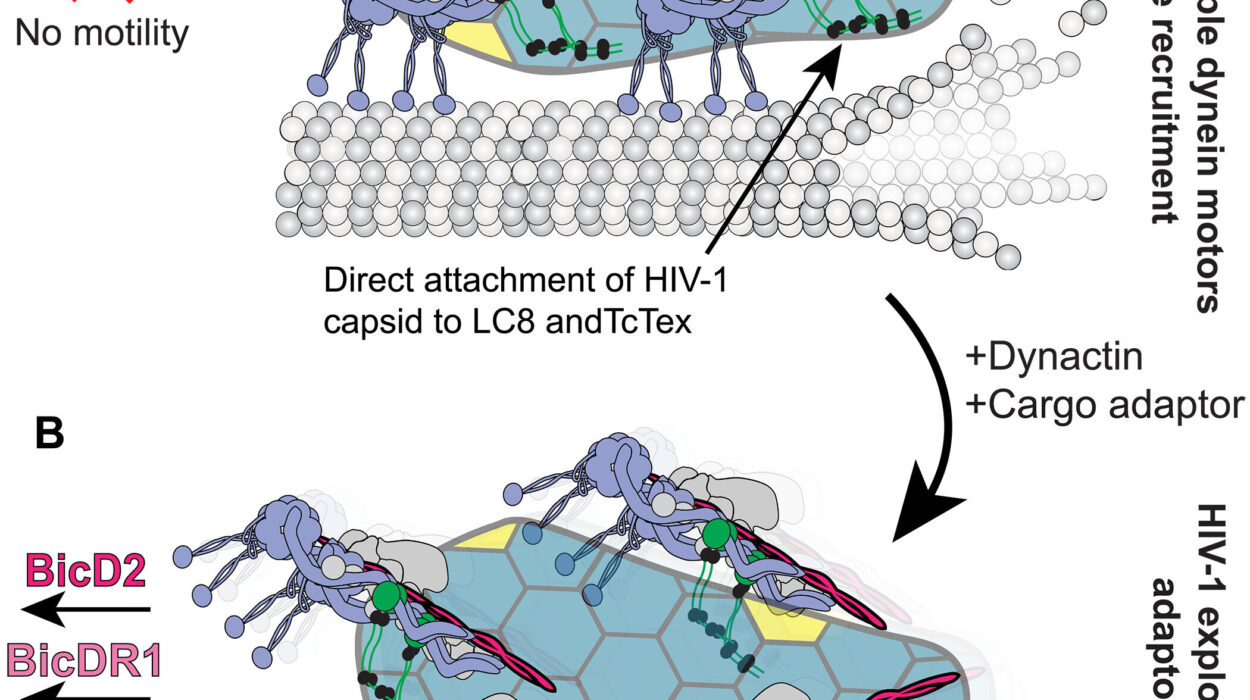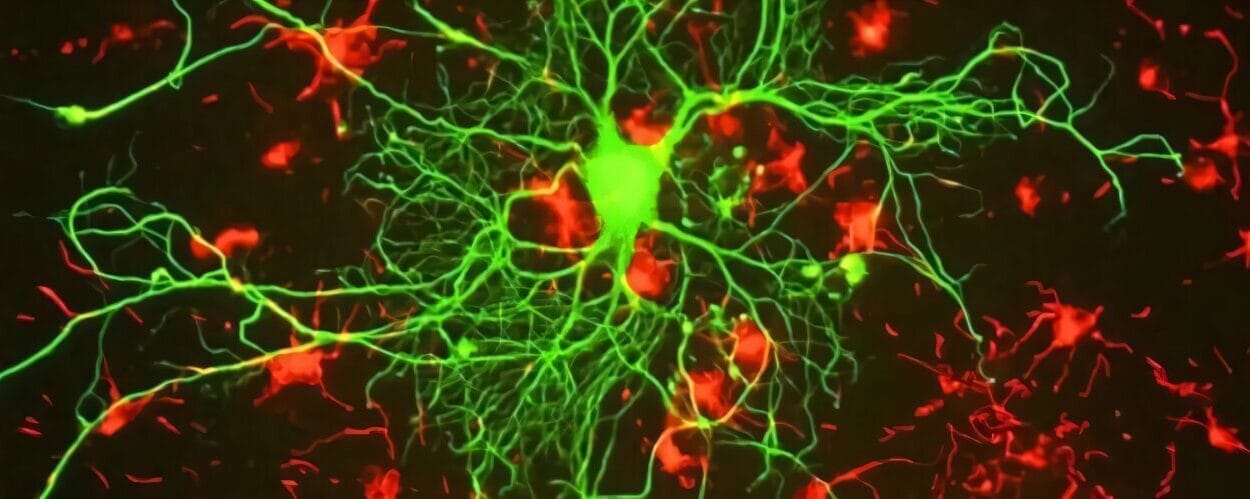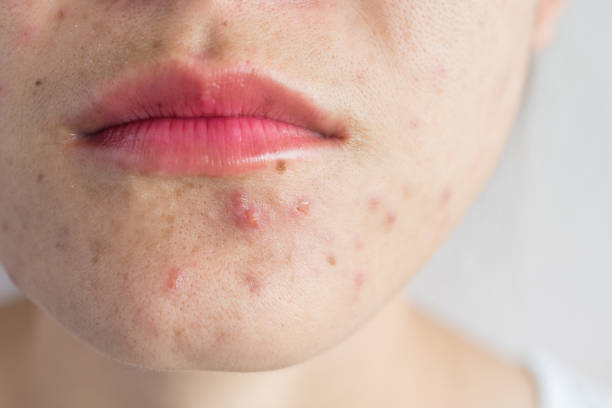It begins with a simple, familiar motion—a thin piece of floss slipped between your teeth. An act most of us perform out of dental obligation might soon carry implications far beyond oral hygiene. For centuries, vaccination has relied on needles, cold storage, and trained personnel. But what if immunity could be built in the quiet routine of flossing your teeth?
A group of researchers, with innovation stitched into their curiosity, asked that very question. The result was something startling: a needle-free vaccine delivery system—packaged not in a syringe, but woven into dental floss.
The Unlikely Bridge Between Gums and Immunity
The gums are not just pink scaffolding for our teeth. They’re also a powerful entryway into the body’s immune system. Between the teeth and along the gum line lies a thin, highly permeable strip of tissue. While this feature makes the mouth vulnerable to infections, it also makes it a uniquely potent site for absorbing medicines—if we can reach it.
In a groundbreaking study published in Nature Biomedical Engineering, scientists unveiled how this vulnerability could be turned into strength. They infused dental floss with inactive viral particles and vaccine proteins, then delicately threaded it between the teeth and gums of mice. As improbable as it sounds, the results were extraordinary.
When this vaccine-laced floss was gently drawn through the mouths of mice, it triggered an immune response—one that rivaled or even surpassed traditional injection-based methods. The idea that the gum line could be a platform for vaccination challenged deeply entrenched assumptions in immunology. But science thrives in the margins of the improbable.
Flossing Mice and Fighting Flu
The experiment, as charmingly bizarre as it sounds, was anything but simple. Flossing a human might take two minutes. Flossing a mouse? A logistical ballet.
One researcher gently held open each mouse’s tiny jaw using the metal ring from a keychain, while another maneuvered the floss. The procedure was repeated every two weeks for nearly a month. By the end, fifty mice had received a full vaccine course—through their teeth.
Then came the real test. Four weeks after the final dose, researchers exposed all the mice to a deadly strain of influenza. The outcome was nothing short of remarkable: every vaccinated mouse survived. The unvaccinated control group, tragically, did not.
But survival was only part of the story. Scientists found something even more compelling inside the bodies of the flossed mice—signs of long-lasting immunity. Antibodies were discovered not only in saliva and feces but deep in the bone marrow. This indicated that the vaccine hadn’t just prompted a temporary defense; it had built a durable immune memory.
Moreover, there was a notable increase in T cells—the immune system’s elite fighters—within the lungs and spleen, organs essential for defending against respiratory infections like flu. The immune response wasn’t localized or mild; it was systemic, robust, and durable.
Reimagining the Mouth as a Medical Frontier
For decades, researchers have toyed with the idea of needle-free vaccination—through nasal sprays, skin patches, and oral pills. But all came with challenges. The body is stubborn in its defense mechanisms. The gastrointestinal tract, with its acids and enzymes, breaks down most oral vaccines before they can do any good. The nasal cavity, though promising, has issues with consistency and absorption.
The mouth, however, especially the gums, offers a largely untapped gateway. The tissues along the gum line are thin, vascularized, and immunologically active. Theoretically, they can absorb vaccine components quickly and broadcast alerts to the body’s wider immune system. This concept has been around for a while—but until now, no one had attempted something as physically direct and behaviorally natural as flossing.
The idea is elegant: take an already-established habit—flossing—and transform it into a vehicle for immunization. No need for a nurse. No fear of needles. No reliance on cold-chain logistics. A piece of floss, pre-coated with a vaccine, might one day be mailed to homes and self-administered in a few seconds.
Human Trials and the Color of Possibility
To test whether this approach could work in humans, researchers launched a small pilot trial. Twenty-seven healthy volunteers were given dental picks coated with food dye—a harmless stand-in for vaccine molecules. The participants flossed as normal. Later, researchers examined how effectively the dye reached the intended areas along the gum line.
The results were promising, if not perfect. On average, the dye reached the targeted tissue 60% of the time. That’s a strong start for a first attempt at adapting such a novel technique to human behavior.
It’s not yet a vaccine, and there’s more to study. But this trial revealed something vital: people could, without special training, deliver a substance to a highly absorptive region of their own mouths, all through a motion they already know.
Why the World Needs Floss-Based Vaccines
The idea of a vaccine hidden in floss may sound strange, even comical at first. But its implications are profoundly serious. The COVID-19 pandemic reminded the world of the urgency and fragility of global vaccine delivery systems. Cold-chain requirements slowed distribution. Fear of needles deterred many. Some countries lacked enough medical professionals to administer shots to large populations quickly.
A vaccine that requires no needles, no refrigeration, and no trained personnel could revolutionize global health.
Floss-based vaccines could be mailed in bulk. They could be taken without fear or pain. They could be distributed to underserved rural communities, to refugee camps, to conflict zones. In a future pandemic, this humble innovation could mean the difference between control and catastrophe.
The emotional impact cannot be understated. Needle phobia affects as many as 1 in 4 adults. For some, it’s a minor nuisance. For others, it’s a paralytic fear that stops them from getting life-saving care. A floss-based vaccine doesn’t just offer a scientific alternative—it offers dignity, ease, and empowerment.
From Dentistry to Immunology: Bridging the Scientific Divide
The study also illustrates something profound about how science evolves. For centuries, the body has been studied in silos—dentistry over here, immunology over there, never the twain shall meet. But the human body is not compartmentalized. It is one system, endlessly interconnected.
The immune response triggered by flossing mice not only prevented flu—it permeated their organs, altered their immune landscapes, and redefined what “local treatment” can mean. The mouth is no longer just a battleground for plaque and gingivitis. It is a frontline in the war against infectious disease.
The Road Ahead: Challenges and Possibilities
Of course, there are hurdles. Vaccine stability, dosage precision, and regulatory approval are no small tasks. Every new vaccine delivery system faces intense scrutiny—and rightly so. Human trials must expand. Long-term effects must be observed. And the floss must be safe, palatable, and reliably coated.
There’s also the issue of behavior. Not everyone flosses regularly. Some don’t floss at all. Will people be willing to adopt this new method? Can public health campaigns normalize it the way they’ve normalized brushing and seatbelt use? These are questions science must answer not just in the lab, but in society.
But for all the challenges, the idea is gaining traction. A floss-based vaccine aligns with a growing global shift toward decentralization in healthcare. Just as telemedicine brought the clinic to the home, floss-based immunization could bring the vaccine to your bathroom mirror.
A String of Hope
What began as a curious experiment—flossing mice—has sparked something much larger. It is not merely a tale of scientific novelty. It is a glimpse into a future where prevention is painless, where immunization is intimate, and where the tools of everyday life become vessels of health.
The next time you floss your teeth, pause for a moment. That simple strand might someday carry more than plaque—it might carry protection. It might carry hope.
And in that slender thread, you might find the future of medicine woven between your fingers.
Reference: Rohan S. J. Ingrole et al, Floss-based vaccination targets the gingival sulcus for mucosal and systemic immunization, Nature Biomedical Engineering (2025). DOI: 10.1038/s41551-025-01451-3






